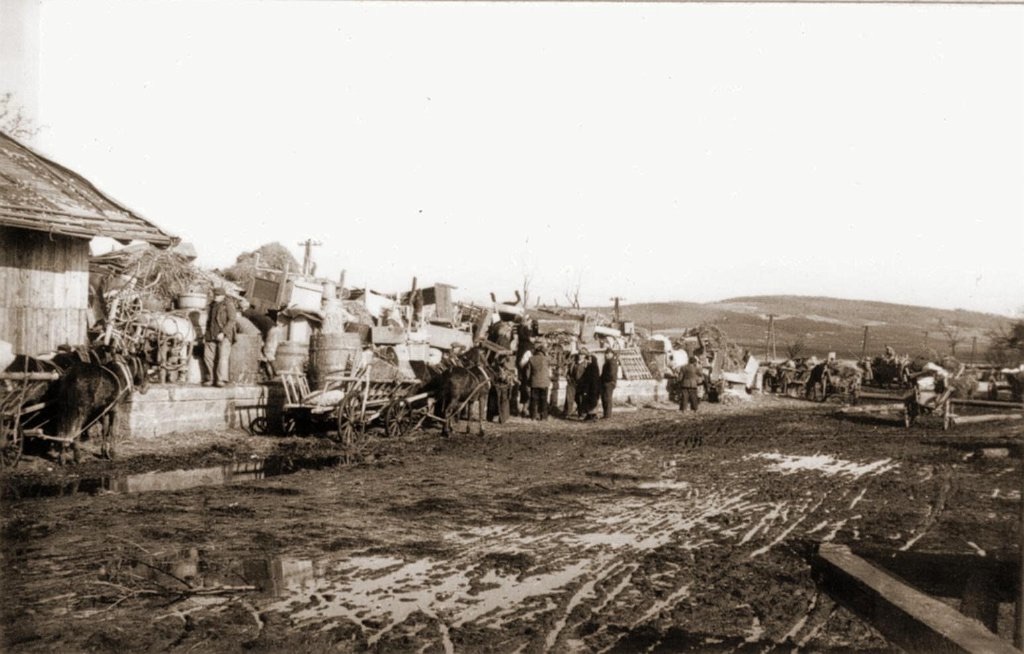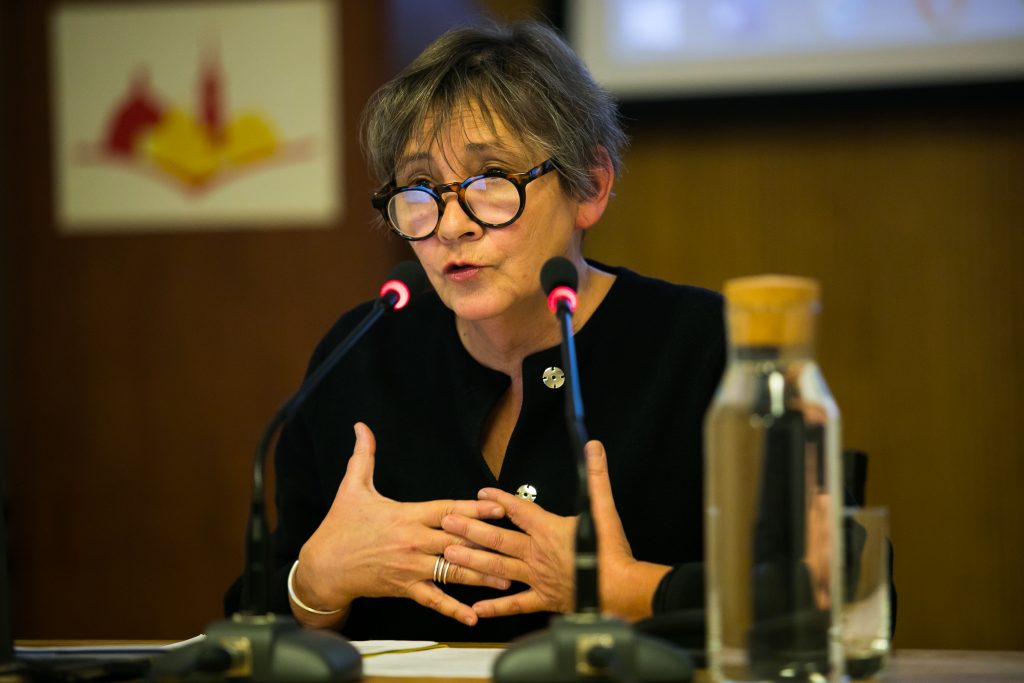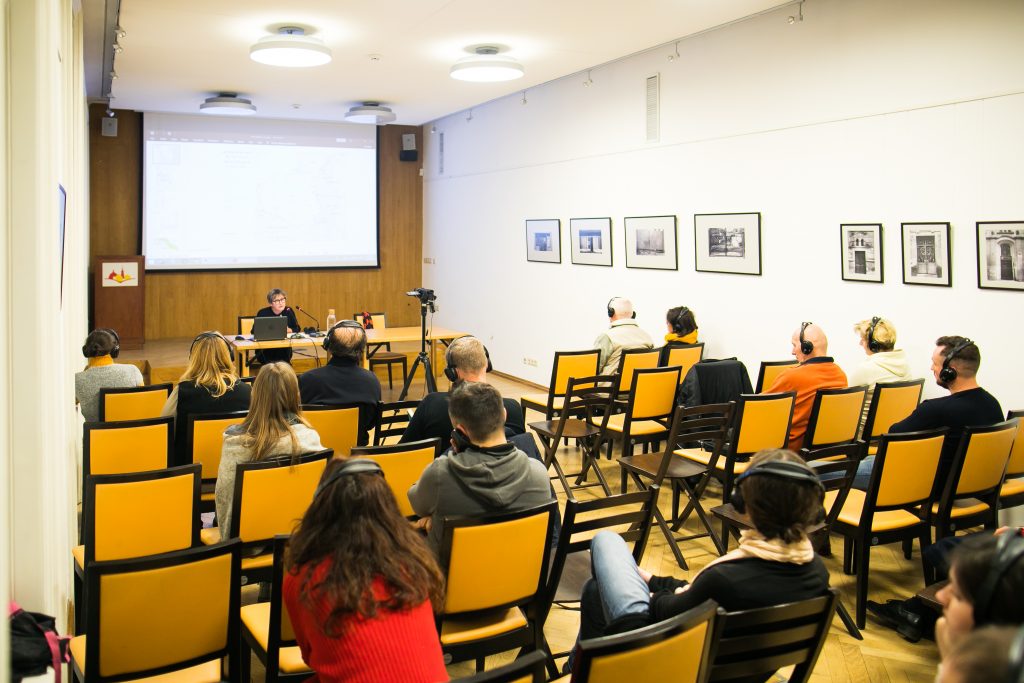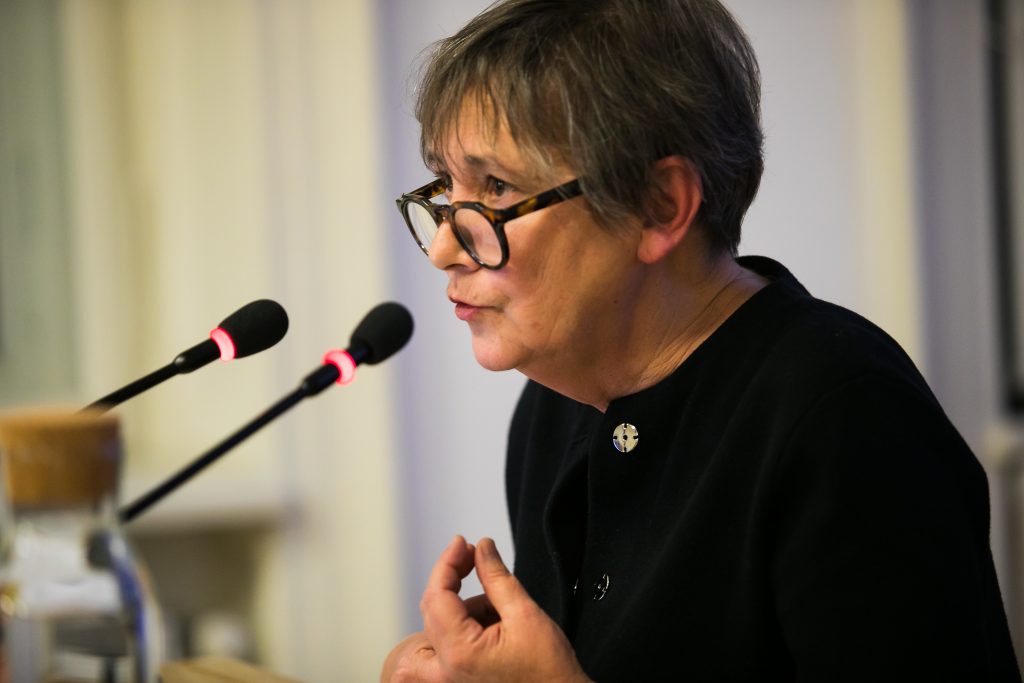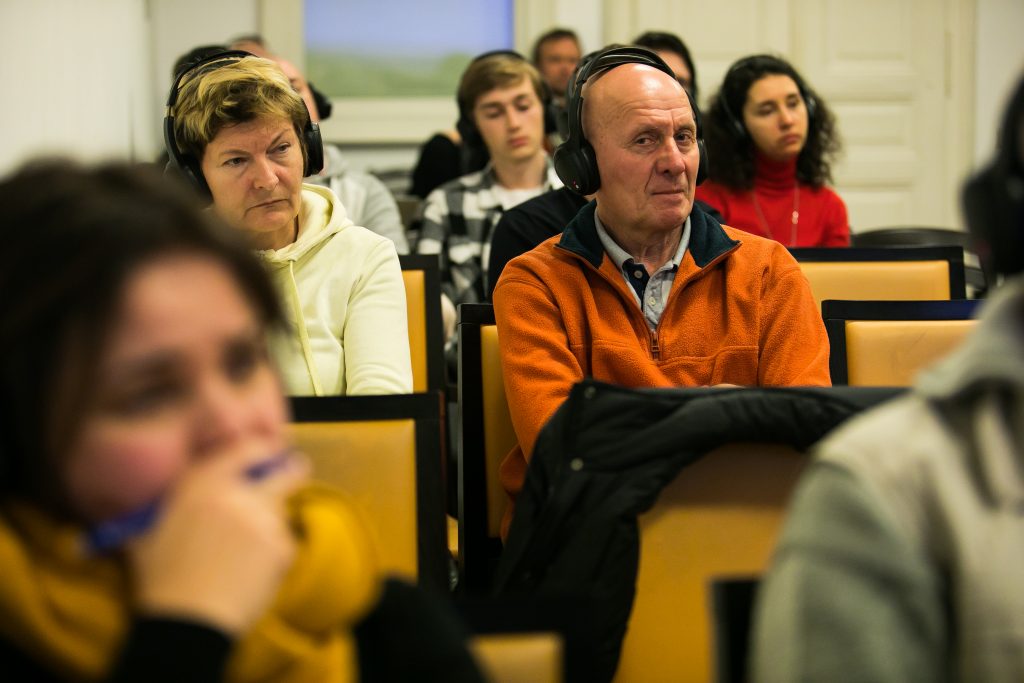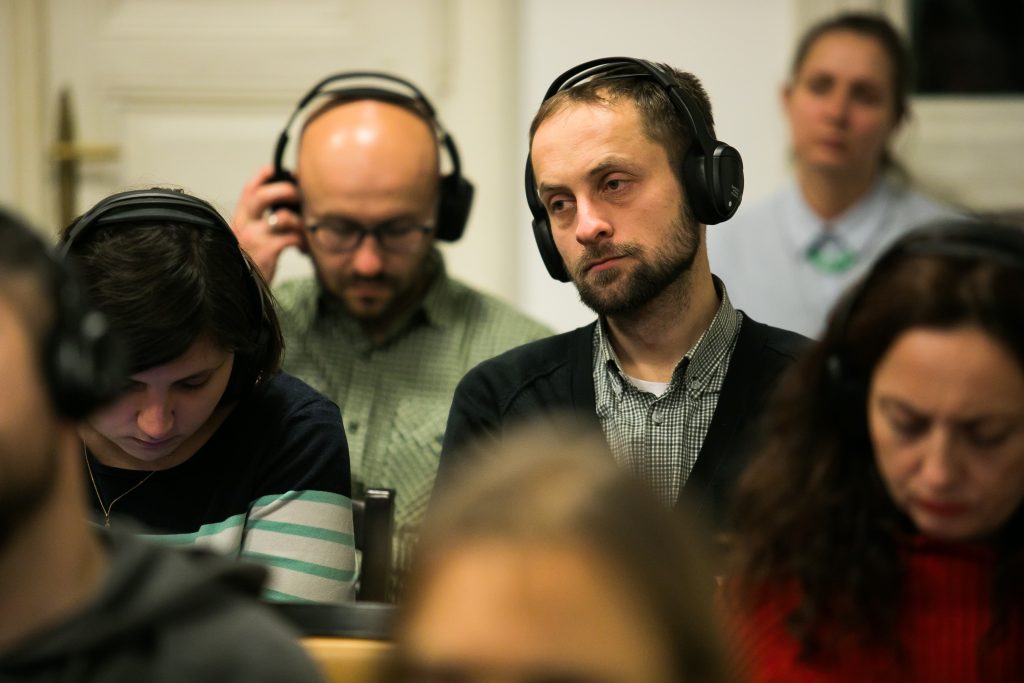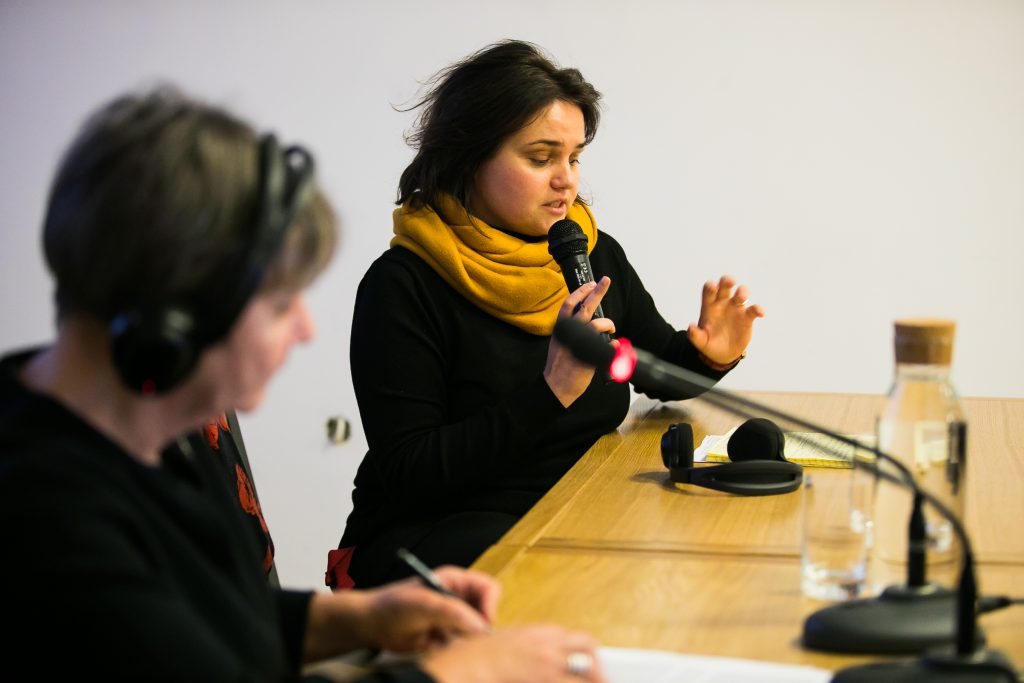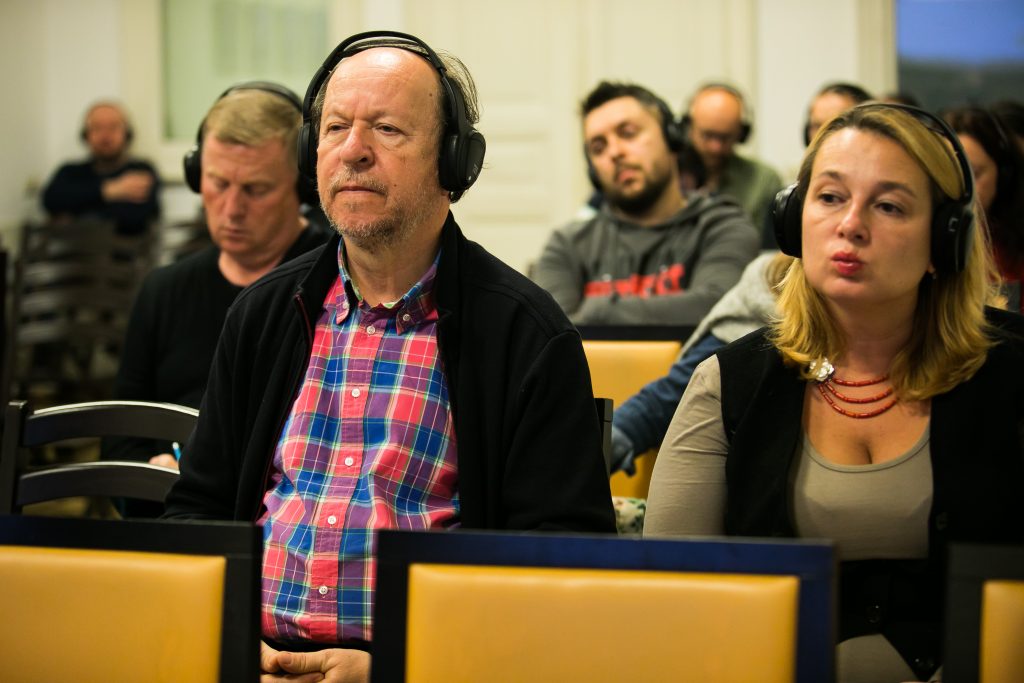Exchanging Peoples: the Fate of the Polish and Ukrainian Minorities in the New Polish-Soviet Border Regions (1944-46)
Catherine Gousseff
Center for Russian and East-European Studies of the French Academy of SciencesNovember 28, 2019, at 6.30 pm
Conference room, Center for Urban History
The arrival of the Red Army at Poland's (current) border in mid-1944 confirmed the USSR's annexation of Poland's eastern territories between the two world wars. This decision was embodied in a series of agreements on the movement of minorities located on both sides of the new borders in order to bring the ethnic borders into line with the political borders of the States. Between Ukraine and Poland, minority transfers have been like a real population exchange. Nearly 500,000 Ukrainians from Poland and more than 800,000 Poles from Ukraine had to leave their homes to return to their "homeland". How did these population displacements take place, which lasted almost two years, between October 1944 and July 1946?
The history of these movements has so far been traced unilaterally, considering either the history of the transfer of Poles from Ukraine to Poland or that of Ukrainians from Poland to Ukraine. But what was the impact of this crossover on the dynamics of departures and/or resistances at the start? What were the expectations and promises in each of the minorities concerned? To what extent has the political project to ethnically unify border regions played a role in the development of these forced migrations and their radicality?

Catherine Gousseff
is a French senior researcher at the Center for Russian and East-European Studies of the French Academy of Sciences (Centre National de la recherche scientifique, CNRS). As a historian specializing in migrations from and within the Soviet and Eastern European space, she has focused on different cases of forced displacements, combining analysis of political contexts and administrative practices of displacement with social experience and migrant trajectories. After a research on the dispersion of the russian refugees in inter-war Europe (L’Exil russe. La fabrique du réfugié apatride, 1920-1939, Paris, CNRS-Editions), she carried out various works on migrations during and after the World War II. Her latest book, Echanger les peuples. Le déplacement des minorités aux confins polono-soviétique, 1944-1947, (Paris, Fayard, 2015) is currently being translated into Ukrainian.
Lecture will be in French with simultaneous translation to Ukrainian.
Partner: Alliance française in Lviv
Credits
Сover Image: Resettlement of Ukrainians from Nowosielce to USSR, March 1946 / Muzeum Historyczne w Sanoku Archiwum Fotograficzne
Image Gallery by Iryna Sereda
